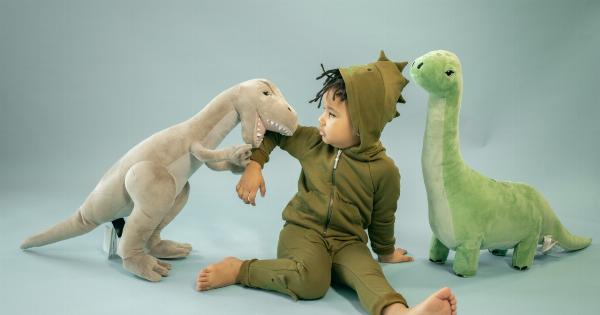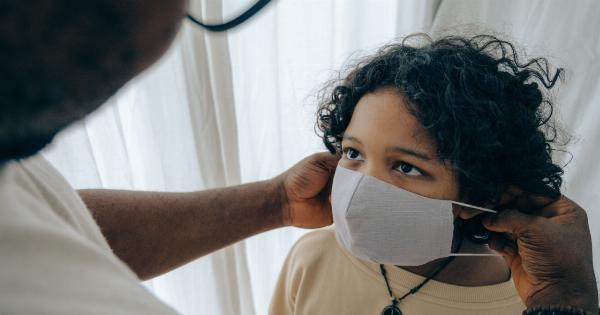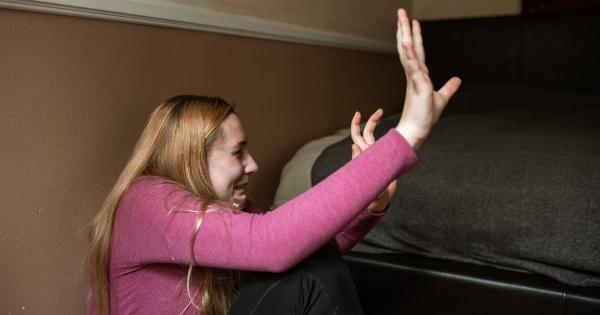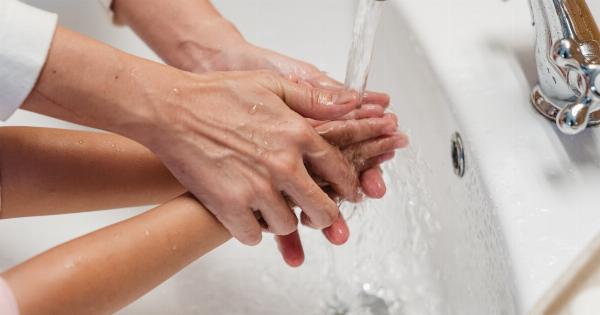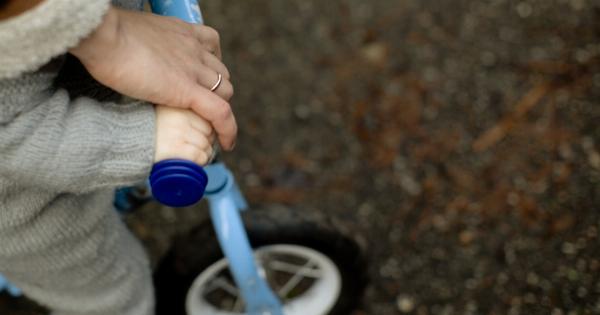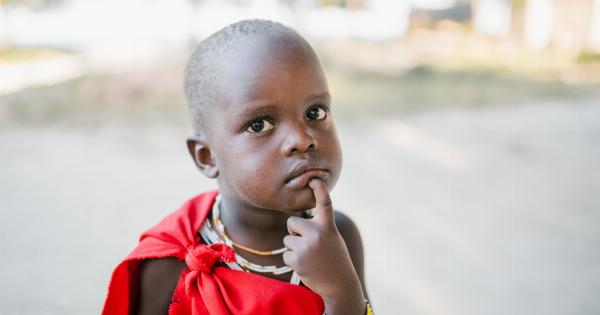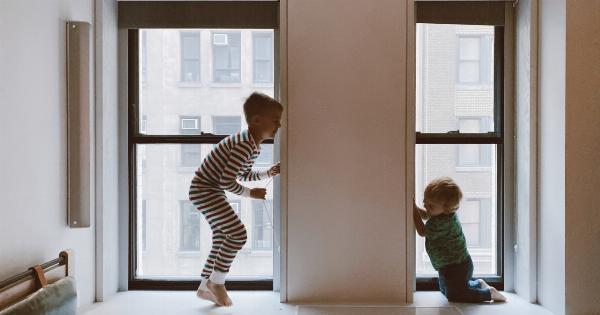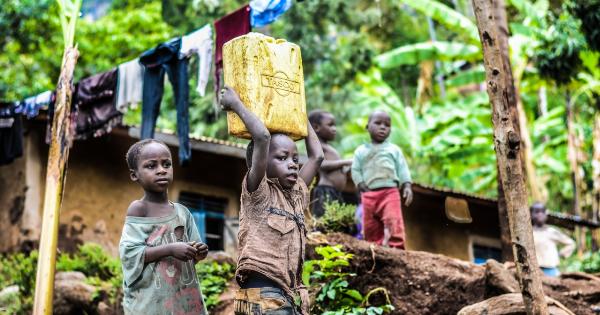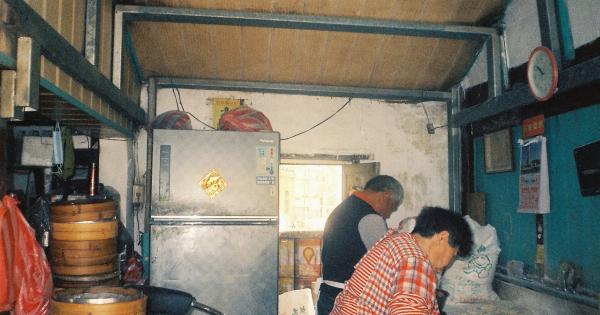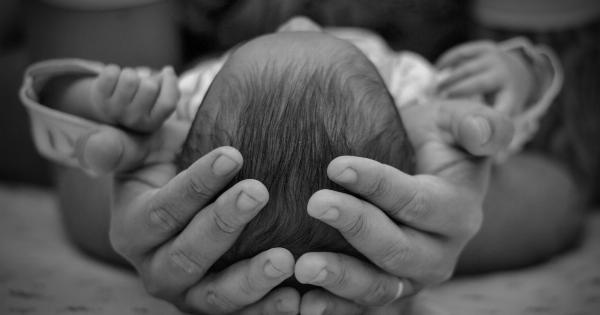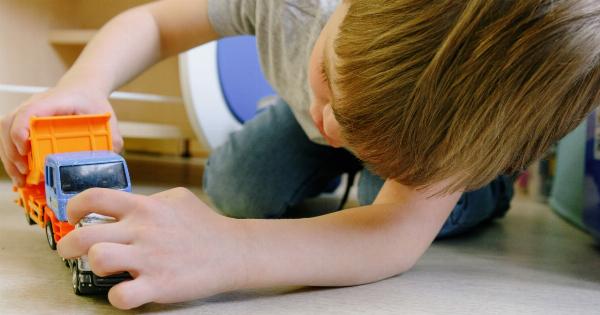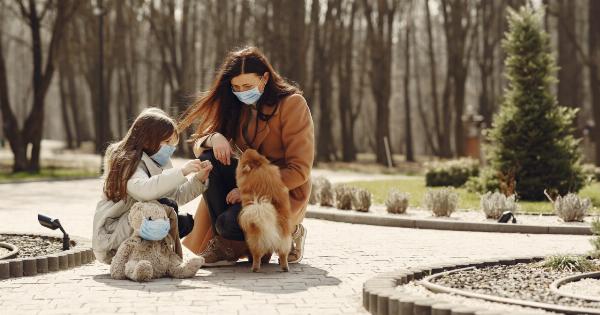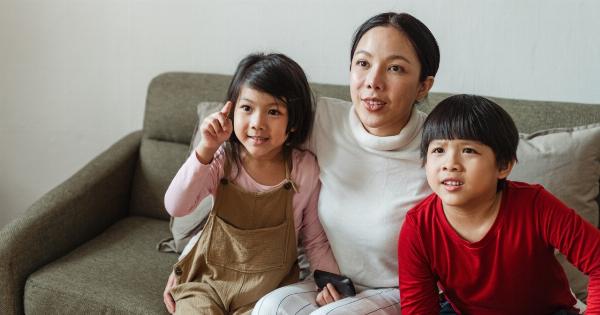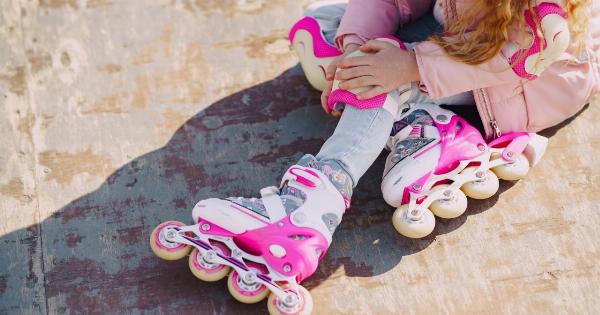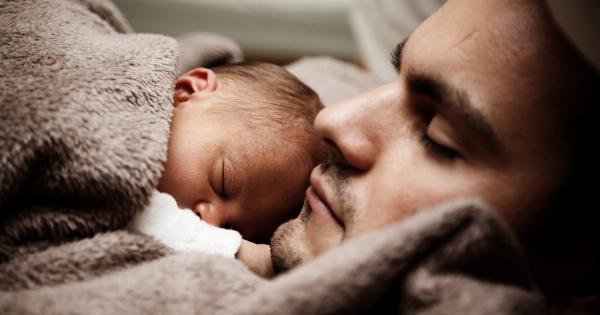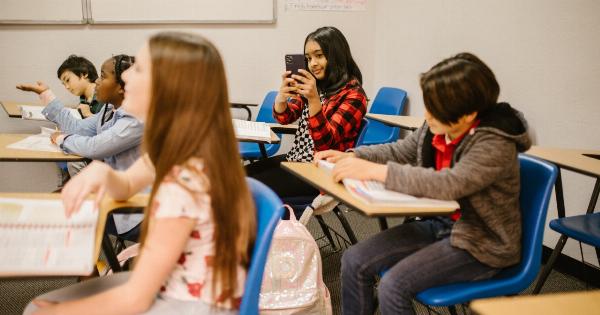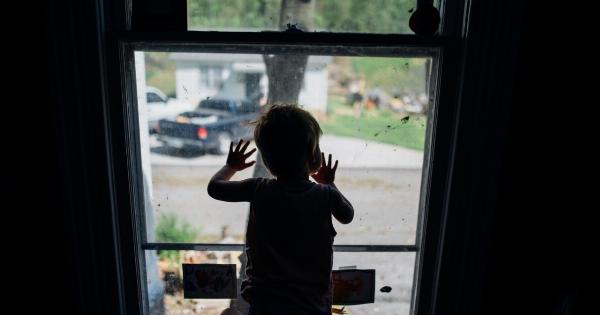Child safety is of utmost importance in our society. Parents, caregivers, and educators must remain vigilant in keeping children safe from harm.
One grave concern is the threat posed by child predators, individuals who seek to exploit and victimize innocent children for their own nefarious purposes. Recognizing the signs that a child may be a target of predators is crucial in order to protect them from potential harm.
1. Sudden Changes in Behavior
If a child undergoes sudden and unexplainable changes in behavior, it could be indicative of potential predatory activity. These changes might include becoming withdrawn, shying away from social interactions, or displaying signs of anxiety or fear.
2. Secrecy and Unusual Secrecy
If a child starts exhibiting secretive behavior or displays an unusual level of secrecy, it could be a red flag. This could include concealing online activities, hiding conversations, or keeping secrets about certain individuals or activities.
3. Excessive Time Spent Online
In the digital age, children are increasingly vulnerable to online predators. Spending excessive amounts of time online, especially during late hours, can be a potential sign.
Additionally, sudden interest in explicit content or engaging in risky behavior online may indicate predatory activity.
4. Inappropriate Knowledge or Behavior
If a child demonstrates knowledge or engages in behavior that is beyond their age-appropriate level, it could be a cause for concern.
Predators often groom their victims by introducing them to explicit or inappropriate material, which the child may then exhibit knowledge of or be involved in.
5. Unexplained Gifts or Money
Unexplained gifts or money, particularly from individuals that the child may not have a strong relationship with, can raise suspicion.
Predators may use gifts and money as a way to manipulate and control their victims, so it is important to be attentive to any unusual generosity.
6. A Desire for Privacy
While privacy is important for individuals of all ages, an excessive desire for privacy in a child can be worrisome.
This could include insisting on keeping their bedroom door locked, resisting parental supervision, or expressing discomfort when asked questions about their personal activities or relationships.
7. Unusual Display of Affection
If a child displays an unusual amount of affection towards an adult, especially someone who is not a family member or close family friend, it may be a warning sign. Predators often cultivate trust and affection as a means to manipulate their victims.
8. Aggressive or Sexualized Behavior
Aggressive or sexualized behavior that is not in line with a child’s age-appropriate behavior may be an indication of predatory influence. This could include sexually explicit language, inappropriate touching, or acting out violent behaviors.
9. Disconnection from Friends and Family
A sudden disinterest in spending time with friends or family members, particularly if it is accompanied by isolation or withdrawal, may be a cause for concern.
Predators often attempt to alienate their victims from their support systems to exert control over them.
10. Unexplained Physical Injuries
If a child frequently has unexplained physical injuries such as bruises, cuts, or burns, it could be a sign of abuse. Predators often use physical force to control and intimidate their victims, leaving visible marks.
It is important to note that while these signs may indicate potential predatory activity, they do not necessarily guarantee that a child is being targeted.
However, if you notice any of these signs in a child, it is crucial to address the situation promptly through open and honest communication. Talking to the child, expressing concerns, and involving trusted adults or professionals can help ensure their safety.
Remember, protecting children from predators requires a collaborative effort from parents, caregivers, educators, and the community as a whole.
By staying vigilant and informed about the signs of potential predatory activity, we can help create a safer environment for children to grow and thrive.

